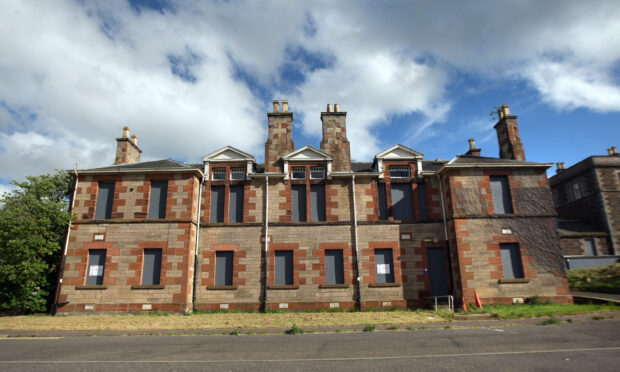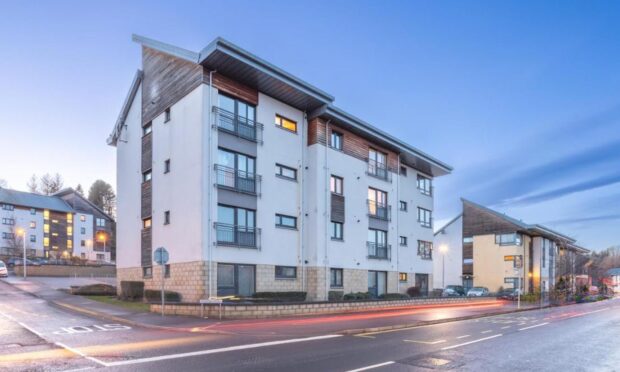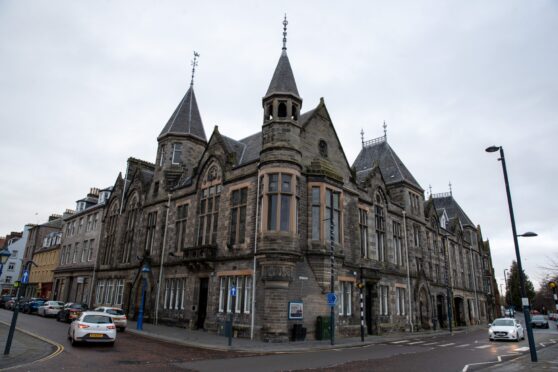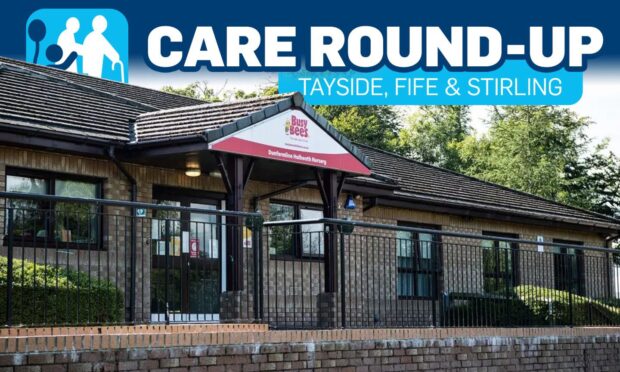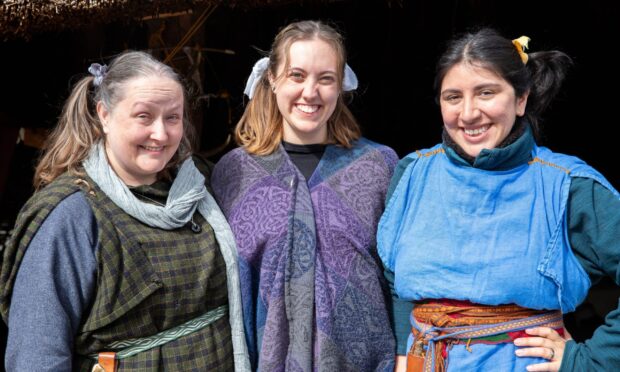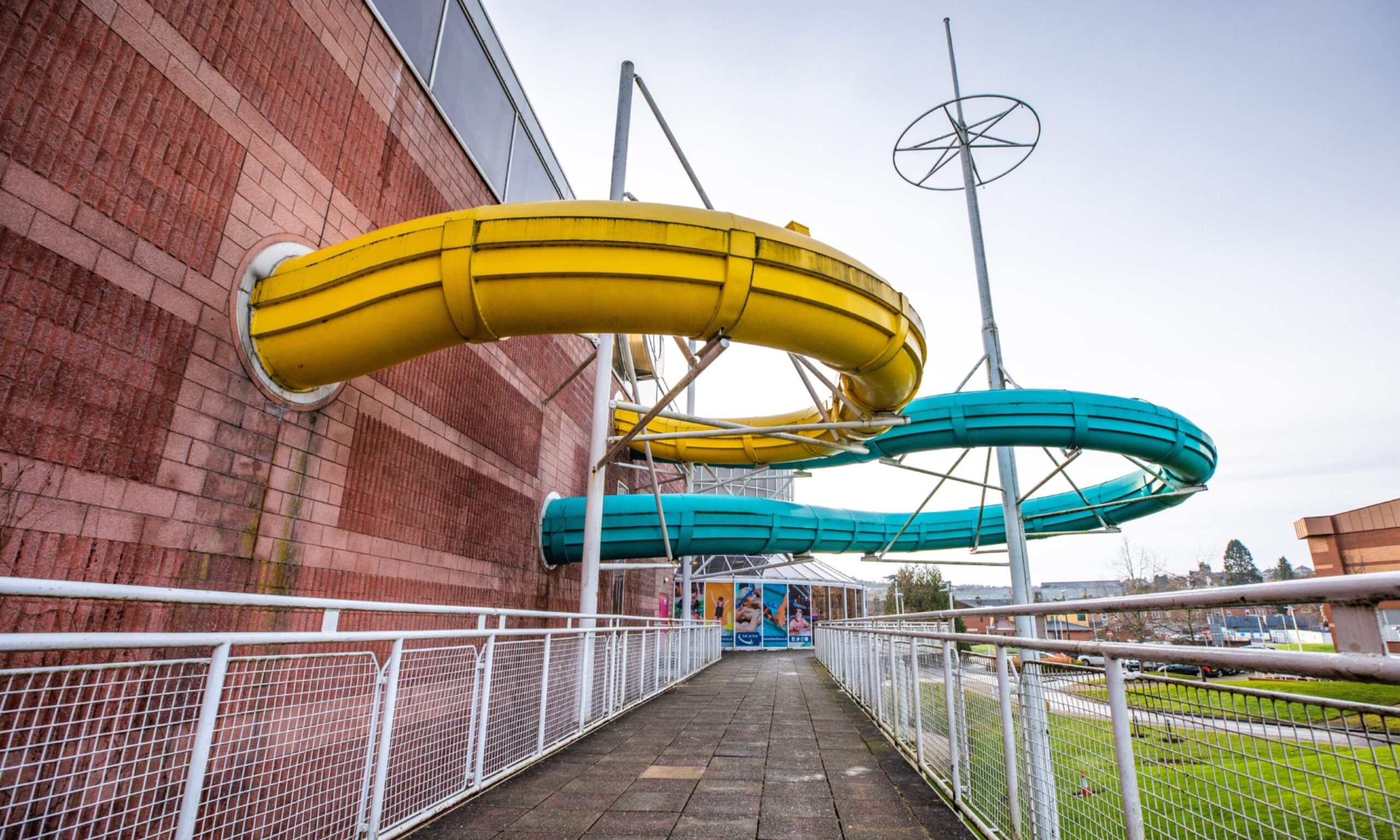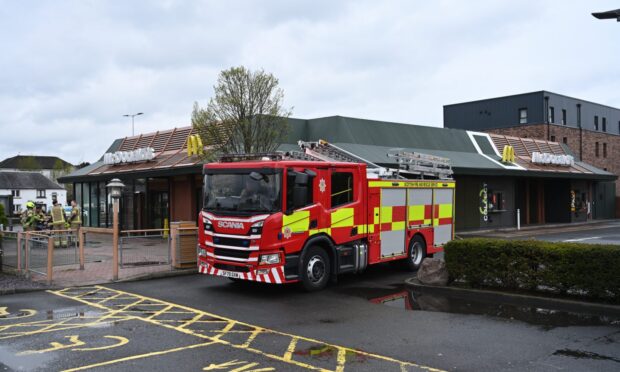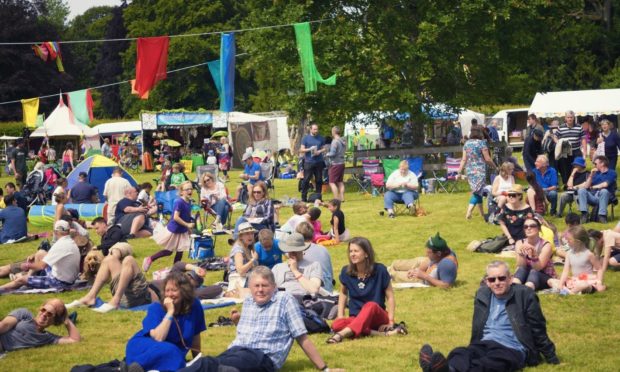Motorists are driving the wrong way down a one-way street to avoid a congestion blackspot on the edge of Perth, a public inquiry has heard.
Council officers presented photographic evidence of reckless driving as they attempted to blow holes in a controversial traffic study that was put together to support the redevelopment of an old city hospital.
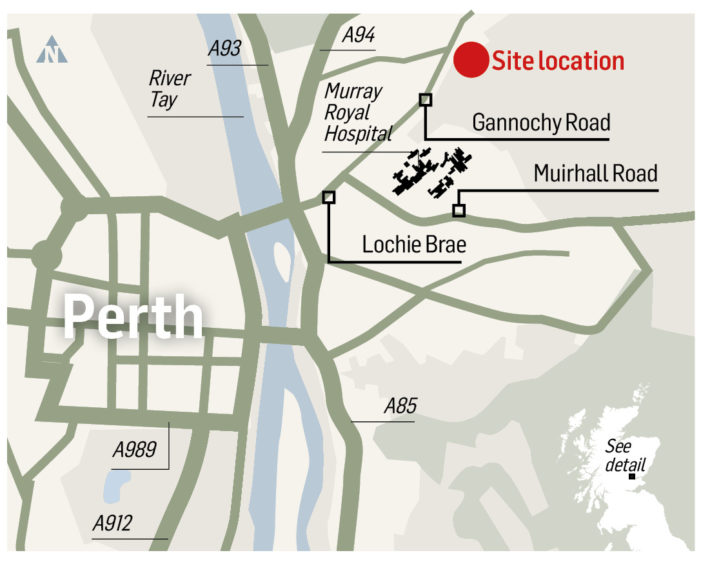
The report, produced on behalf of developers looking to transform the abandoned Murray Royal site, was heavily scrutinised at a Scottish Government inquiry on Tuesday.
Project leaders Rivertree Residential argue the proposed 128-home development will have minimal impact on surrounding roads, including the notorious Bridgend junction.
Gordon Diamond, Associate Director with Ove Arup and Partners, was grilled by Perth and Kinross Council’s legal team and community councillors who argued his report had underplayed traffic problems in the area.
Mr Diamond defended his assessment of local roads, despite photographs showing long lines of queuing traffic.
Arup’s traffic assessment, the inquiry heard, predicts a “mean” queue of 3.5 vehicles at Lochie Brae during the morning rush hour, and 2.8 between 4.30 and 5.30pm.
Council solicitor Colin Elliot showed Mr Diamond pictures showing lengthy tailbacks on roads around the Murray Royal site.
“We have been made aware of issues on the narrower part of Lochie Brae, with traffic jumping the queue and travelling down the wrong side of the road and cutting into the left turn lane at the Bridend junction,” said Mr Elliot.
“I appreciate you never saw this but if that is happening – and it has been reported to the council – that suggests there’s significantly more than your predicted 3.5 and 2.8. It does not match your transport assessment.”
Mr Elliot produced another photo: “Some vehicles have been reported committing an offence, by cutting the wrong way down Back Wynd in an attempt to completely miss the signals.”
Mr Diamond responded: “This is a curious statement, because people going down the wrong way of a street is a criminal offence and I don’t know why they would do it.
“I would have thought that if that is a major issue then the council and the police should be dealing with.”
Mr Elliot argued: “But if people are doing that, they are doing it out of frustration, to get out of the queue.”
Under cross-examination by Dave Beattie, vice chairman of Bridgend, Gannochy and Kinnoull Community Council, Mr Diamond said the model used to assess traffic was approved by the local authority.
“Our original suggestion was to undertake a survey at the junction, but the council said we don’t need to do that if we use their traffic model,” said Mr Diamond.
Mr Beattie said: “There seems to be much more confidence being placed on the model, and its not being backed up by observation.
“The observations that have been cited by the council show that the length of queues that you say are a good representation of the junction, are very, very different from reality.”
The inquiry, led by Scottish Government report Dan Jackman, continues.
